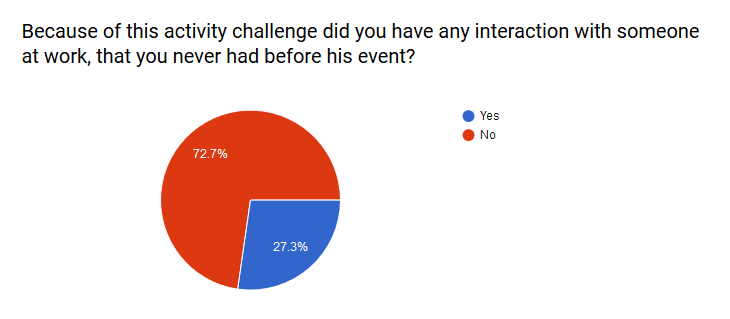

New Frontiers alumna Auindrila Das is the founder of Gclinics, a solution that aims to democratise our access to genetic testing and genetic counselling – vital elements of personalised healthcare. We spoke to Auindrila about her journey so far and plans for the future.
A genetic engineer and scientist by profession, Auindrila spent a decade at the cutting edge of genomics and healthcare before founding Gclinics. Initially focused on academic research, her work involved close collaboration with genetic clinics and genetic counsellors, particularly those working with patients suffering from genetic conditions such as thalassaemia.
It was during this time that Auindrila recognised a crucial gap – while medical technologies such as genetic sequencing and testing were evolving rapidly, integrating these advances into clinical practice remained a challenge. This gap became the driving force behind Gclinics. The company is a collaboration of scientists, healthcare professionals, and technology leaders, all with a shared vision of advancing precision medicine and bridging the gap between cutting-edge research and patient care.
“Genomics is at the heart of personalised healthcare. The idea behind the business is to bring scientific expertise into the clinical setting. The problem is that there are currently around 130,000 genetic tests available (a number that is constantly growing) but only 8,000 genetic counsellors globally to act as the mediators between genetics and healthcare.”
Genetic counsellors have a complex role. They are part of the entire diagnostic lifecycle of a patient – deciding which tests to run in the first place and then interpreting the results in a clinical context so that they can convey this back to the patient and consultant in a way that allows them to make informed decisions.
But there are far too few of them. In reproductive health, which is the area of care that Gclinics is focused on for now, the diagnostic timeline currently stretches into years. Globally, 17.6% of the population experiences infertility. One in six couples trying to have a baby are facing a problem, which in 50% of cases will lead back to genetics. Genetic testing is a standard step when looking for a cause, and mandatary in many healthcare systems today.
Partnering with clinics, the platform will ensure people have access to vital genetic information that can help them better understand their options. Auindrila’s vision is to make genetic counselling more accessible, streamlining what can often be a complicated and expensive process. Given how far she has brought the startup, it’s incredible that things only got started last year.
“I joined Phase 1 of New Frontiers last year. Coming from a scientific background, I didn’t know a lot about building a company or how to build a product. But I told this group of people my idea and the response was, ‘OK, there are rough edges but you have identified a real problem that exists at a global scale and this can become a global company.’ That’s when I thought, ‘Yes, let’s go for it!’ I left my job and went into this full-time.”
The journey has been fast and intense. Auindrila and her team use an iterative process to develop the platform. They already have an MVP in place and have recently secured their first clinical partnership – with one of the largest IVF clinics in Ireland. The strategy is to get feedback from the clinic and the end users so they can keep refining the product.
Artificial intelligence (AI) is part of the Gclinics ecosystem. It’s capacity to streamline the diagnostic process, assist in the interpretation of genetic test results, and build models to assess patient risks make it an important ingredient. AI will also play a crucial role in the development of Gclinic’s interactive genetic counselling tools, helping both professionals and patients better navigate the complexities of genomics.
“I’m confident that AI can further reduce costs and enhance the personalised delivery of healthcare support. The technology has the potential to drastically reduce the time it takes for a diagnosis—from years to mere months. We’re also exploring opportunity for AI in imaging technologies.”
Auindrila completed all three phases of New Frontiers as well as participating in the NDRC Pre-Accelerator. Moreover, the company was selected as one of only three startups across Europe to join the FCAT Fellowship, run by the Fidelity Center for Applied Technology. Gclinics recently secured €100,000 in Pre-Seed Startup Funding (PSSF) from Enterprise Ireland.
It’s evident that these successes owe a lot to Auindrila’s drive and proactive approach. While she had a lot of experience in areas such as regulatory strategy and market launches, moving from the scientific world into entrepreneurship presented its own challenges. She remained open to refining her approach and learning new skills and tools such as identifying market fit and how to productise the solution.
“We are still very early in this journey, and I know there is a lot left to learn. However, if I could give my former self some advice, I think it would be to take the jump sooner. I hesitated for a long time before deciding to build this solution – the passion and vision were always there but I wish I had acted on them sooner rather than waiting for the perfect moment.”
Where will Gclinics go from here? The global market for genetic testing is currently valued at around $44 billion, and Gclinics is preparing to seize its share. Auindrila is currently working on raising seed funding, which will be used to hit technical and commercial milestones over the next 18 months.
The goal now is to reach one million women and empower them to make informed decisions that ultimately lead to a healthy birth. Although initially focussing on reproductive health, Gclinics will expand into other areas such as oncology and cardiovascular health. Long-term, Auindrila’s ambition is to become the preferred partner for all genetic testing labs and diagnostic companies. She sees Gclinics as the backbone of genomic solutions globally.
“The support from Enterprise Ireland and the rest of the ecosystem has been great, but in addition I am very disciplined. I made sure to go to all the events and knock on all the doors. My advice to other founders is to seek support early, take advantage of programmes like New Frontiers, and never be afraid to ask questions. The Irish startup ecosystem is one where support is readily available—but it’s up to you to actively engage, participate, and learn.”
With a strong foundation in place, an ambitious vision, and cutting-edge technology at its core, Gclinics is poised to revolutionise the future of genetic counselling, starting in Ireland and reaching far beyond.
About the author
 Scarlet Bierman
Scarlet Bierman
Scarlet Bierman is a content consultant, commissioned by Enterprise Ireland to fulfil the role of Editor of the New Frontiers website. She is an expert in designing and executing ethical marketing strategies and passionate about helping businesses to develop a quality online presence.
 Scarlet Bierman
Scarlet Bierman








 3. Building grit
3. Building grit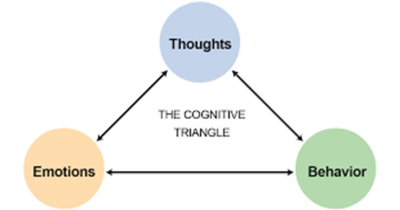 By nurturing your emotional health through physical activity, you develop the resilience needed to navigate the emotional highs and lows of start-up life with grace and resilience.
By nurturing your emotional health through physical activity, you develop the resilience needed to navigate the emotional highs and lows of start-up life with grace and resilience.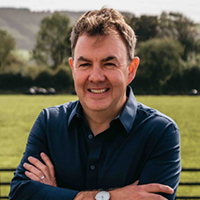 Johnn Barron
Johnn Barron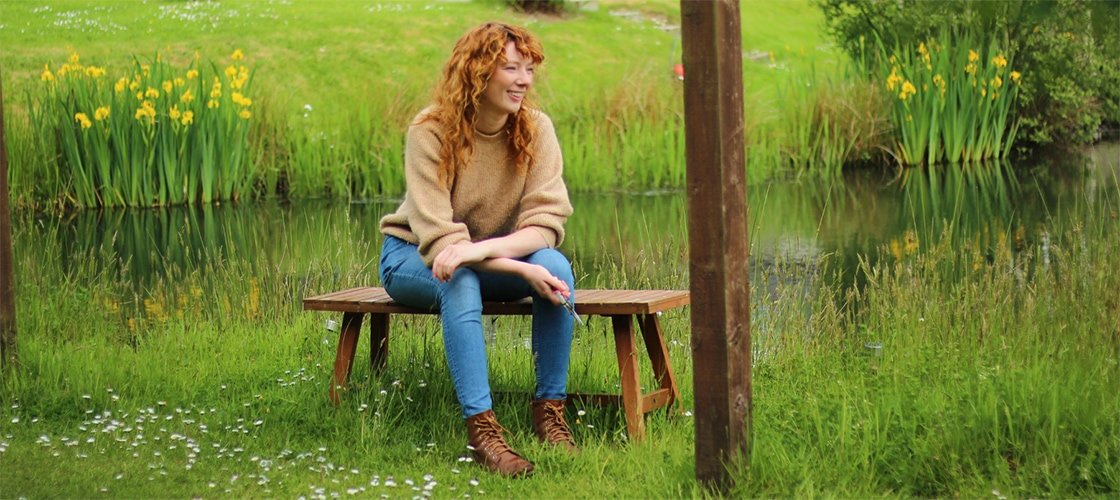
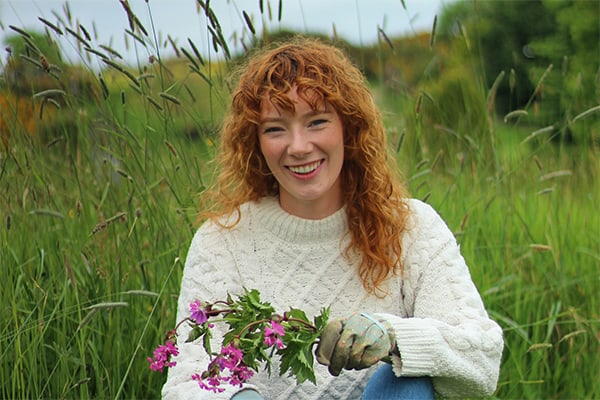 Alexandria: Yes, it started off as a personal project back in 2021. As I shared my gardening passion and other experiences on my blog, a community began to build around it. I was enrolled at SETU – Carlow Campus, studying for my BSc in Business with Marketing at the time. During a period of poor mental health, I was given a set of aromatherapy essential oils. The impact the products had on me was profound, and I started to experiment with the different fragrances and applications like candles. People I knew started asking me to make them, and before I knew it, I was developing a product range. It wasn’t planned as such, it all just happened quite organically.
Alexandria: Yes, it started off as a personal project back in 2021. As I shared my gardening passion and other experiences on my blog, a community began to build around it. I was enrolled at SETU – Carlow Campus, studying for my BSc in Business with Marketing at the time. During a period of poor mental health, I was given a set of aromatherapy essential oils. The impact the products had on me was profound, and I started to experiment with the different fragrances and applications like candles. People I knew started asking me to make them, and before I knew it, I was developing a product range. It wasn’t planned as such, it all just happened quite organically. Alexandria: Absolutely. My family home, Turra Lodge Farm, has a beautiful garden which my Mum and Nana designed and planted when I was younger. It is a cornerstone of my mental health. Luckily, my family has indulged my passion, or obsession, with gardening for years now and given me lots of creative freedom to develop different parts of it. That’s what my blog initially revolved around.
Alexandria: Absolutely. My family home, Turra Lodge Farm, has a beautiful garden which my Mum and Nana designed and planted when I was younger. It is a cornerstone of my mental health. Luckily, my family has indulged my passion, or obsession, with gardening for years now and given me lots of creative freedom to develop different parts of it. That’s what my blog initially revolved around.









